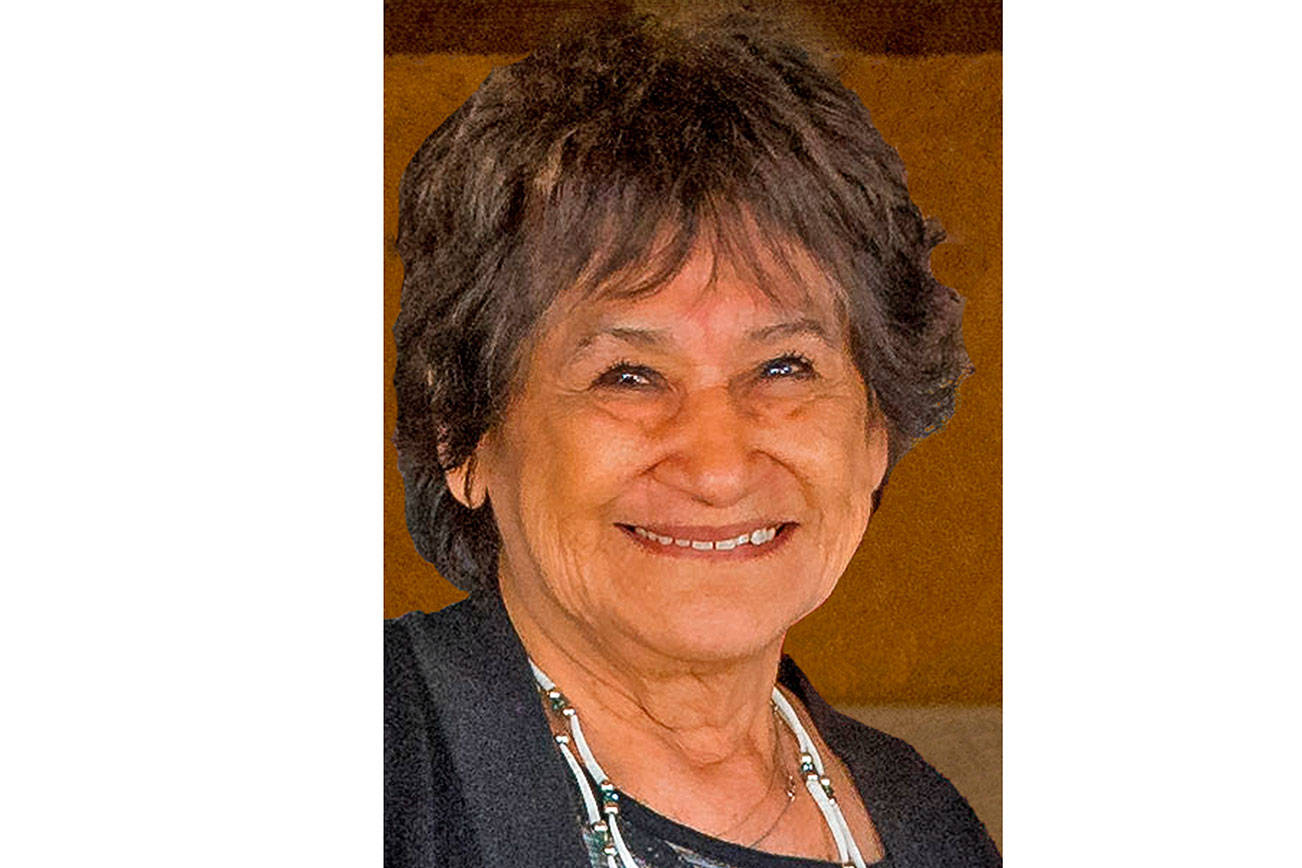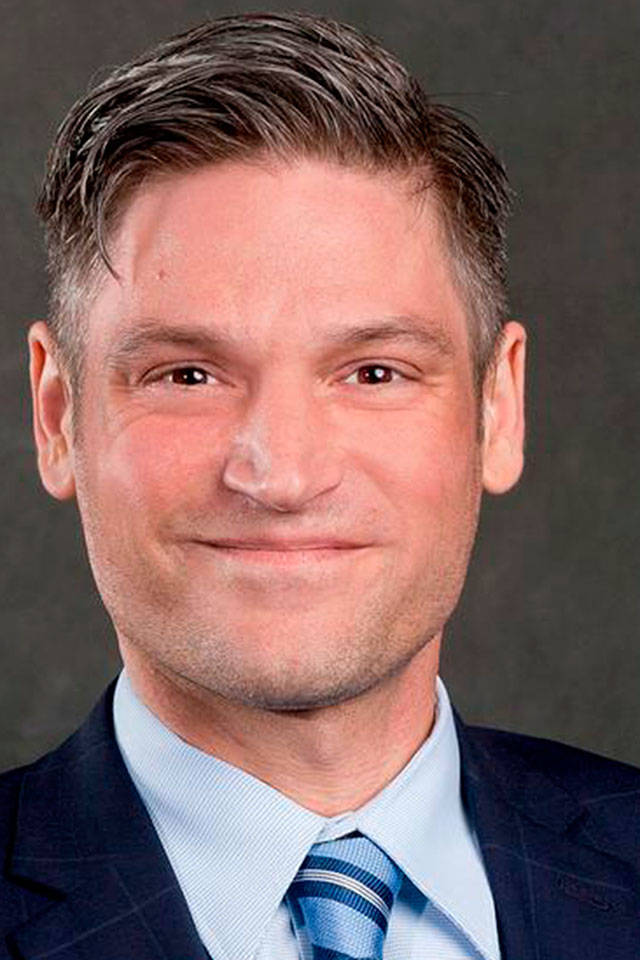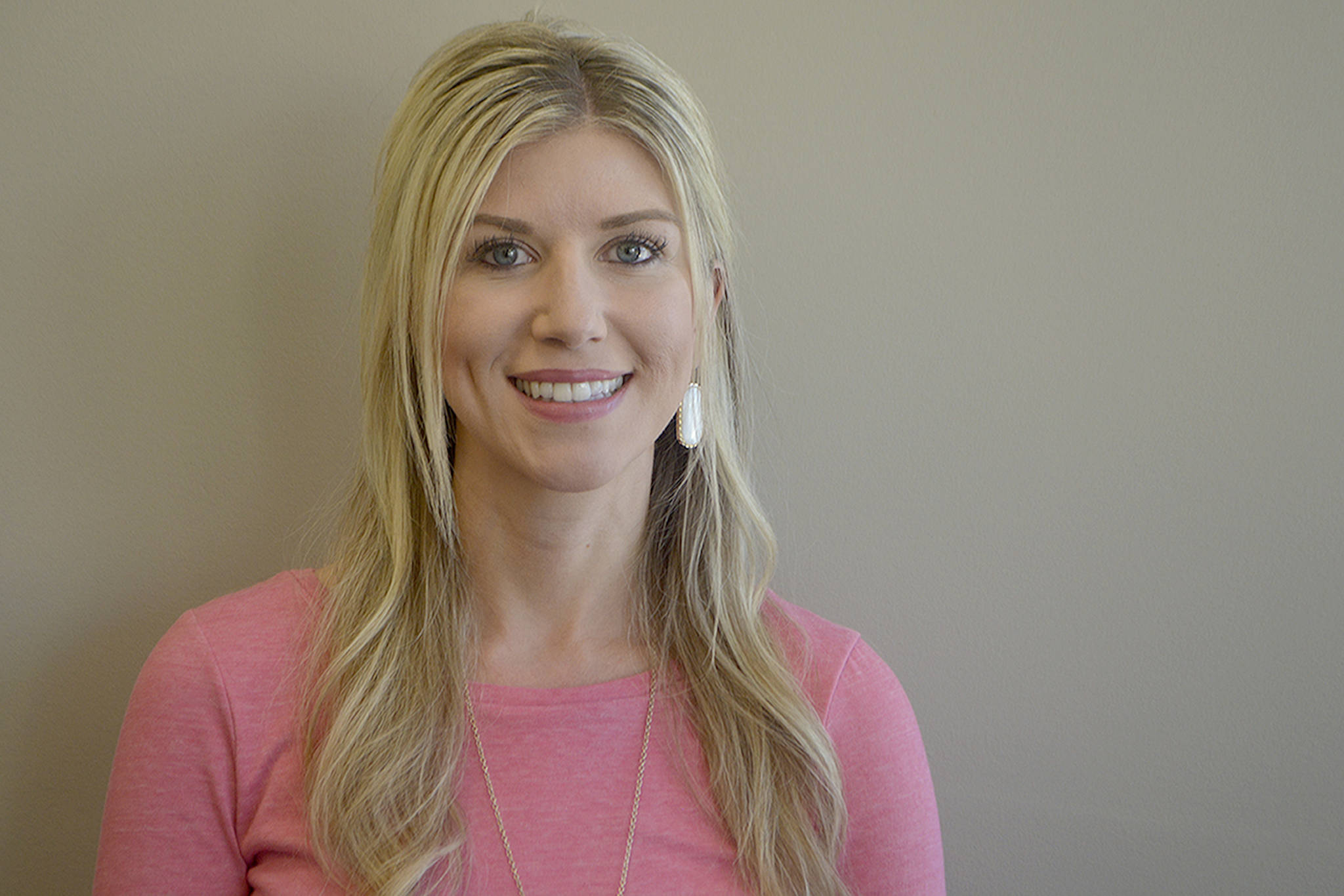The drive from Marysville to SeaTac takes a little over an hour on a good day. On a bad day it can top two hours. Wouldn’t it be nice if we could hop on a flight in south Everett? Paine Field’s runways can handle commercial aircraft and the need for another airport is clear, so what’s the problem?
Residents of Mukilteo’s up-scale Goat Hill are perturbed about the possibility that scheduled flights from Paine might disturb their tranquility. It was years ago that the possibility of establishing a commercial hub at Paine first aroused the field’s neighbors. That was the time of the Boeing 707, an aircraft that sounded more like an Atlas Rocket booster than today’s jet transports. While the noise from new commercial jets has been cut to a fraction of that generated by early models, the resistance to commercial flights using Paine Field is as strong as ever.
Critics of aviation’s noise would do well to narrow their focus to chief offenders. Pound-for-pound the noisiest, the true Harley-Davidson of the skies, is the little Republic RC-3 Seabee. That little pusher-amphibian spanks the air so percussively that it is always heard before it comes into sight. Aging biz-jets like John Travolta’s Gulfstream deserve runner-up honors.
The real battle to silence commercial jets is being fought not at Paine Field but by an arm of the United Nations charged with policing jet noise and emissions. The ICAO, or International Civil Aviation Organization, issued its first governing statements on aircraft noise twenty years ago. Titled as ICAO Chapters 2, 3 and 4, pertinent regulations, spaced over time, dictated increasingly strict controls on noise.
If there are questions about ICAO’s authority, consider that 185 nations have agreed to its limitations on noise. Now that commercial flights run headlong into ICAO noise limits at airports in Afghanistan, Botswana, Malawi, the Solomon Islands, Vanatua and Paine Field, too, it can be assumed that noise restriction is a global done-deal.
Chapter 2 addressed the noise produced by early commercial jets including Boeing’s 707, 720, 727-100, 727-200, 747-100, 747-200 and the DC 9, DC10 and DC85. Marysville old-timers might recall the ground-shaking roar when Boeing ran up jet engines for them at a test-site on the Reservation. There was no Airbus in those days.
Once Chapter 3 restrictions came into play, noisy old jets found themselves restricted to runways and flight schedules that would generate the fewest complaints. Furthermore, ICAO could ban their use of reverse-thrust upon landing and could dictate their angle of ascent when taking off. The expense of bringing old jets into compliance was reason enough for a gazillion aged but still airworthy jets to be mothballed on California deserts.
Passengers might suspect their plane is certifiably noisy if it gets stuck in a holding pattern until a high-decibel designated runway is clear. Or if after landing, their aircraft is banished to a distant parking strip from which passengers are bused to the terminal. Now that every commercial jet must be certified as Chapter 2, 3, or 4 compliant, air traffic controllers have a tool to discriminate against the loudest.
Certain places in Europe have taken to discouraging noisy planes from landing by charging up to three times the normal landing fee for loud aircraft while discounting fees for aircraft that whisper. Boeing and its acquisition, McDonald-Douglas, being responsible for the bulk of the world’s aging commercial jets, bear a reputation for noisy aircraft though the monstrous new Airbus A380, with engines the diameter of a B-17 fuselage, tests the limits of the newest restrictions on sound.
Notice was first served on Chapter 2 planes back in 1990. The ICAO required that their phase-out begun in 1995 would be completed by April of 2002 — with a proviso for a grace period not to exceed 25 years from the time a plane was first certified. Any such waivers expired in 2003. Those planes are either out of the sky or totally re-engined to meet today’s low-noise standards.
Chapter 4 tightened noise restrictions even more, and it is these current standards that dictate how much noise might result from scheduled flights to and from Paine Field. While some Chapter 2 aircraft made it though the Chapter 3 era by being retrofitted with “hush-kits,” they would have to be completely re-engined to meet the new standards. Progress from Chapter 2 to Chapter 4 has resulted in commercial jets becoming 75 percent quieter than in the 1960s when Paine Field’s neighbors first organized to fend off commercial service.
While CIAO’s rules squelch sound from the skies, environmental standards on the ground effectively cut noise in homes, be it from aircraft or power lawnmowers. New insulation standards and thermo-pane windows dampen sound to a level where parents can no longer hear what kids in the back yard might be up to. Add the 75 percent cut in jet engine noise to improved sound insulation and the Goat Hill contingent’s case withers.
It is time to let facts balance against whatever bother might be caused by comings and goings of jet aircraft. While Puget Sound’s tri-county population has risen to 3.4 million and another million depend on SeaTac as their home-port, residents of the Bay Area can choose between Oakland International, San Francisco International or San Jose International. Cargo-carriers may use half a dozen other ports. SeaTac can’t do it all.
With the point of critics’ objections blunted, planners should proceed to invite scheduled carriers to Paine Field.
Comments may be addressed to: rgraef@verizon.net




